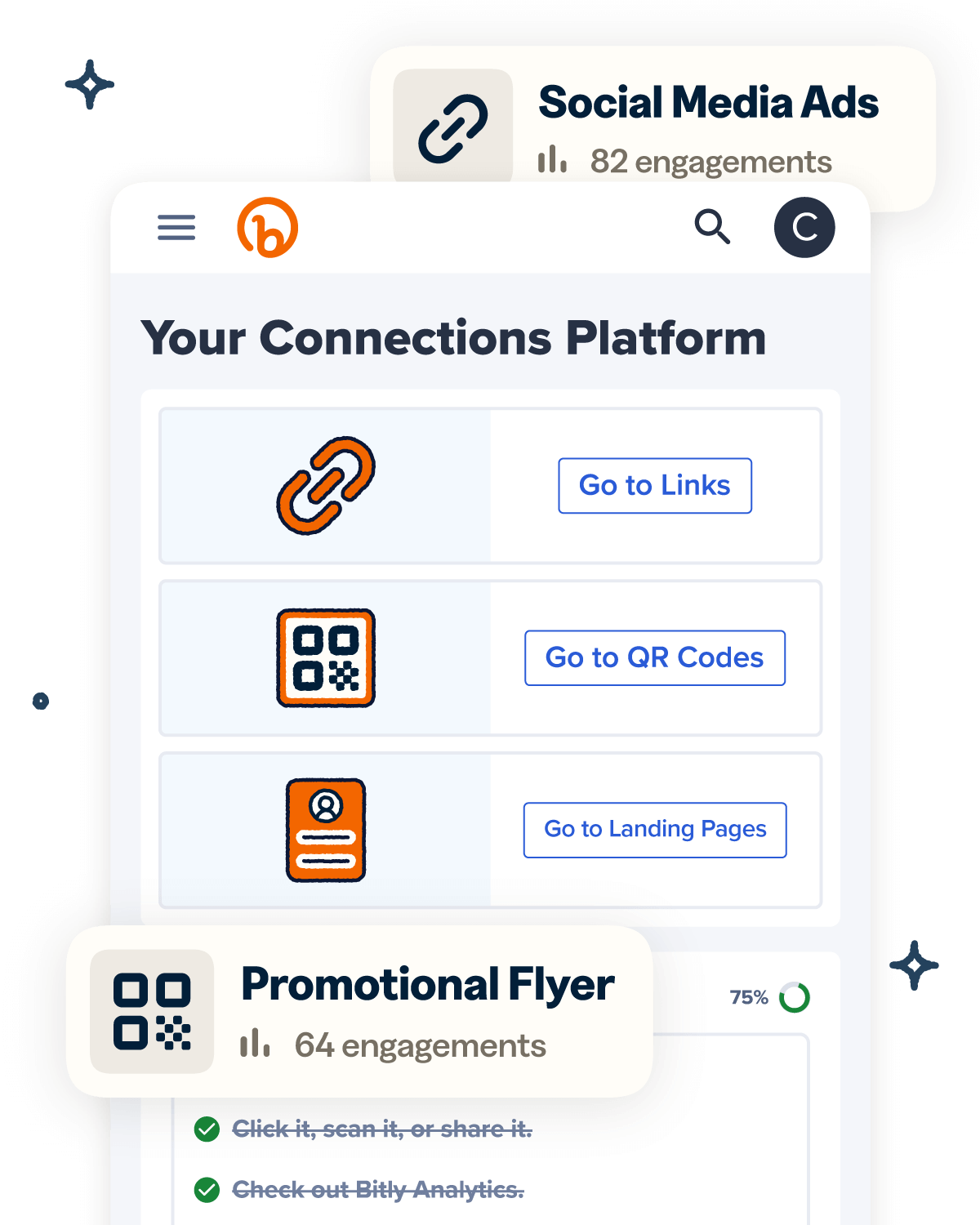For many consumers, Global Trade Item Numbers (GTINs) are nothing but a string of digits on product packaging. But for manufacturers, retailers, logistics providers, and suppliers, they play a pivotal role in ensuring efficient product identification and tracking.
GTINs streamline inventory and supply chain management, driving clarity and organization across global operations.
Whether you’re selling cereal, clothing, jewelry, or electronics—in physical stores or online—these numbers act as a universal language. Businesses worldwide rely on GTINs to keep operations running smoothly and ensure consistent communication across every stage of the supply chain.
In this post, we take an in-depth look at GTINs, breaking down the different types of universal product codes and offering practical examples of how you can apply them in your business.
Note: The brands and examples discussed below were found during our online research for this article.
What is a GTIN?
A Global Trade Item Number is a unique code that identifies products across the supply chain. These codes are typically embedded in GS1 barcodes, such as Unique Product Codes (UPCs) and European Article Numbers (EANs). They’re issued by Global Standards 1 (GS1), the global organization dedicated to supply chain standardization.
You can also integrate GTINs into connected packaging solutions, such as Quick Response (QR) Codes, using GS1 Digital Link. And they’re combinable with other identifiers, like serial numbers, batch numbers, and production and expiration dates, to create comprehensive digital product passports,
For brand owners, GTINs are indispensable. They ensure consistency in product identification and simplify product tracking across locations and systems, facilitating efficient supply chain and inventory management.
Why GTINs matter for product identification and tracking
GTINs play a critical role across industries by providing universal access to product information. As globally standardized identifiers, they make products universally recognizable, helping brands operate across borders.
But their value goes beyond standardization. These universal product codes offer several practical benefits, including:
- Streamlined supply chain management: GTINs enable precise product tracking from the warehouse to the final customer. Greater visibility in the supply chain reduces delays and ensures operations flow efficiently.
- Simplified restocking: When integrated with inventory management systems, GTINs provide real-time updates on stock levels, making it easier to identify and reorder items before they run out.
- Reduced errors: By eliminating the need for manual data entry, GTINs minimize human errors throughout the supply chain.
- Data alignment across channels: GTINs create consistency across sales platforms and trading partners, improving data quality and ensuring a single source of truth from inventory to tracking.
The different types of GTINs
While GTINs might seem similar at first glance, their differences lie in their length and functionality, which determine their best use cases. Selecting the right GTIN for your product starts with understanding the options available and their specific applications.
GTIN-12 (UPC)
GTIN-12, often called UPC-A, is a 12-digit identifier used in North America, particularly in the U.S. These 12 digits are divided into three components:
- UPC Company Prefix: Issued by GS1 (6-10 digits)
- Item Reference Number: Determined by brand owners (Its length varies depending on the UPC Company Prefix.)
- Check Digit: A single digit calculated using a modulo algorithm (or with GS1 US’s check digit calculator).
This GTIN is a staple for retail products like clothing and groceries because it’s specifically designed for scanning at point-of-sale (POS) systems. It helps retailers categorize items and enables seamless inventory tracking, especially in high-volume retail environments.
GTIN-13 (EAN)
GTIN-13 is a 13-digit number linked to the EAN-13 barcode, widely used internationally in regions like Japan and Europe. Similar to GTIN-12, it consists of three components—the GS1 Company Prefix, the Item Reference, and the Check Digit.
GTIN-13’s compatibility with global retail standards makes it an invaluable tool for international retail management, especially for brands operating in multiple countries.
GTIN-8
As you’ve probably concluded, GTIN-8, typically associated with EAN-8 barcodes, is a more compact product identifier designed for smaller items with limited packaging space. Its streamlined format makes it ideal for products like cosmetics, foods, and beverages, fitting neatly onto product packaging without affecting the design.
Despite its size, GTIN-8 delivers the same efficiency as its longer counterparts, supporting accurate product tracking and effective supply chain management.
GTIN-14
GTIN-14 is a 14-digit code designed to identify bulky products or multiple units of the same item, such as boxes and pallets. Its main purpose is to make storage and logistics management easier by simplifying how cases and cartons are identified.
This code improves warehouse organization by enabling smooth data capture and helping staff categorize similar products more efficiently. It also saves both time and space by removing the need to scan or store items individually.
Unlike other GTINs, GTIN-14 isn’t intended for point-of-sale use, making it a better fit for backend processes like bulk shipping and inventory management.
GS1-128
GSI-128 is a data-rich version of GTINs, capable of conveying additional details that standard item numbers can’t, such as expiration dates, serial numbers, and weights. This makes it especially valuable for advanced tracking and inventory management in warehousing, logistics, and transportation.
Unlike standard GTINs, which max out at 14 characters (depending on the type), GS1-128 can encode up to 48 characters, providing a more comprehensive solution for managing product data. However, similar to GTIN-14, GS1-128 is not compatible with traditional POS systems and is instead tailored for backend and logistics applications.
Examples of how to use GTINs in your business
Wondering how GTINs can support your operations? Here are some key use cases to consider:
Improving supply chain efficiency
GTINs streamline supply chain operations by facilitating seamless product data access and real-time tracking. With these tools in place, businesses can reduce shipping errors and maintain better stock visibility across channels, ensuring efficient order fulfillment and minimizing the risk of stockouts.
To implement GTINs effectively, start by obtaining your Company Prefix from a GS1 Member Organization, then create and assign GTINs to each product. Embed the digits in barcodes or QR Codes to facilitate easy scanning and tracking.
If you want real-time visibility into your stock levels, connect your GTINs with your inventory management system. This setup automatically updates stock levels whenever products enter or leave your warehouse.
To choose the right GTIN for each application, keep these guidelines in mind:
- Use GTIN-8, GTIN-12, or GTIN-13 for items scanned at POS systems.
- Opt for GTIN-14 for bulky items or product groupings, such as pallets and cartons.
Enhancing product traceability and recall management
GTINs make it easier to track products at every stage—from manufacturing to delivery—and quickly locate and isolate specific items during a recall. This precision allows businesses to handle recalls more efficiently, protecting both consumer safety and brand reputation—a priority for businesses in any sector.
To strengthen traceability, consider leveraging the GS1 Digital Link methodology to pair your GTINs with 2D barcodes. This will allow you to update linked content in real time, ensuring retailers and customers can access pertinent recall information with a simple scan.
For even greater accuracy, use GTINs alongside other key identifiers, such as production dates and batch codes. This combination provides a complete picture of each specific product’s journey, simplifying traceability and recall processes.
Standardizing data across systems
GTINs function as a universal language for supply chain stakeholders and platforms, helping to standardize data across inventory management, sales, and supply chain systems. This consistency reduces the risk of data mismatches and simplifies the process of merging information from different sources.
By using GTINs, businesses gain a more reliable and accurate view of their inventory and supply chain, supporting better decision-making and actionable insights.
Integrating with POS and ecommerce platforms
GTINs enable product integrations with POS systems, facilitating real-time inventory synchronization and accurate sales reporting.
They also promote smooth connections with ecommerce marketplaces like Amazon, Walmart, and Shopify, speeding up product searches and improving order fulfillment. These efficiencies contribute to enhanced customer satisfaction.
For POS integrations, it’s important to use GTIN-8, GTIN-12, or GTIN-13, as they are the only versions compatible with these systems.
Facilitating seamless online and in-store sales tracking
When integrated with both online and in-store sales systems, GTINs ensure consistency in product identification across all channels. This makes tracking sales, analyzing trends, and preparing reports much easier.
GTINs also unify cross-channel inventory, limiting the risk of stockouts on any platform. By maintaining uniformity in product details across online and physical stores, they create a more cohesive and seamless customer experience.
Unlock streamlined product tracking with GTINs today
Global Trade Item Numbers (GTINs) are powerful tools that simplify product tracking, standardize data, and streamline inventory management. They play a key role in helping businesses keep operations efficient, whether by tracking inventory in real time or managing cross-channel sales.
With Bitly, you can enhance the functionality and efficiency of your GTINs by embedding them in customizable, trackable 2D barcodes.
Use Bitly’s advanced QR Code technology to integrate GTINs into your operations. Then track scans by location, time, and device for deep insights to improve your supply chain efficiency, inventory management, and logistical operations.
Sign up for Bitly today to modernize your product tracking and inventory management with GTIN-embedded QR Codes.




